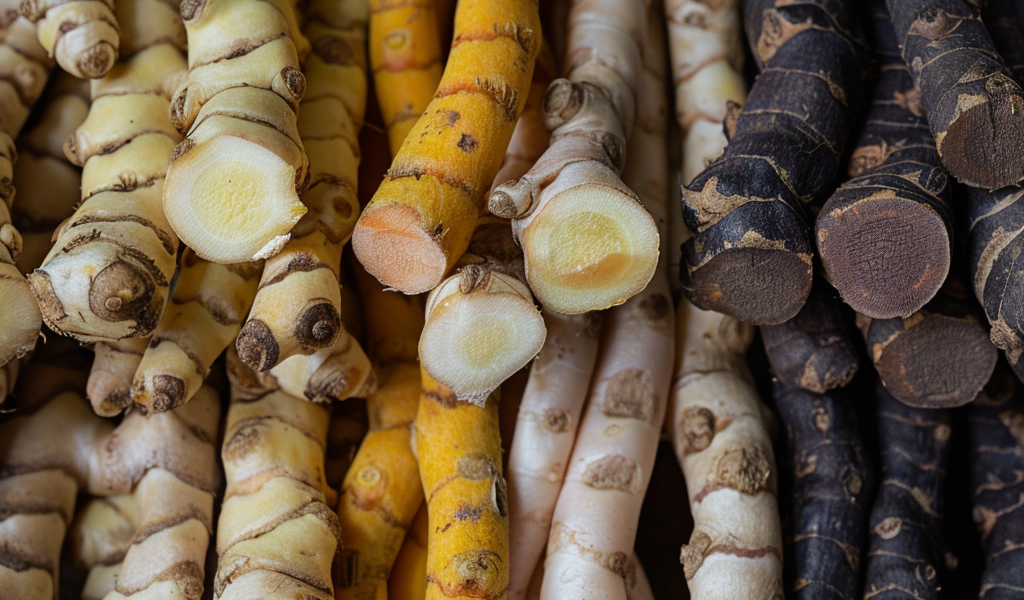White and Black haldi: How to use them to fight chronic diseases
Yellow turmeric is commonly used in India, but have you heard about the white and black variety of turmeric? Turmeric is always known for its vibrant yellow color and distinctive flavor; it has long been revered in traditional medicine for its potent healing properties. In recent years, the spotlight has shifted towards two lesser-known varieties: white turmeric (Curcuma zedoaria) and black turmeric (Curcuma caesia). These variants, often overshadowed by their more common yellow counterpart, possess unique compounds that offer promising potential in combating chronic diseases. These two unique and underrated varieties of turmeric have potential health benefits to offer.
White turmeric, also known as zedoary, is characterized by its pale white flesh and subtle flavor profile. On the other hand, black turmeric, distinguished by its dark purplish-black hue, contains curcuminoids, phenolic compounds, and volatile oils. While the white turmeric has a ginger-like smell and taste, the black one tastes earthy and bitter.
Chronic inflammation is implicated in the development of various diseases, including cardiovascular disorders, arthritis, and certain cancers. Both white and black turmeric exhibit strong anti-inflammatory properties, attributed to their curcuminoid content. These compounds help mitigate inflammatory responses in the body, thereby reducing the risk of chronic inflammatory conditions.
Oxidative stress, resulting from an imbalance between antioxidants and free radicals, contributes to the progression of chronic diseases such as diabetes, neurodegenerative disorders, and cardiovascular ailments. White and black turmeric, rich in antioxidants, can help combat oxidative stress and its adverse effects on health.





